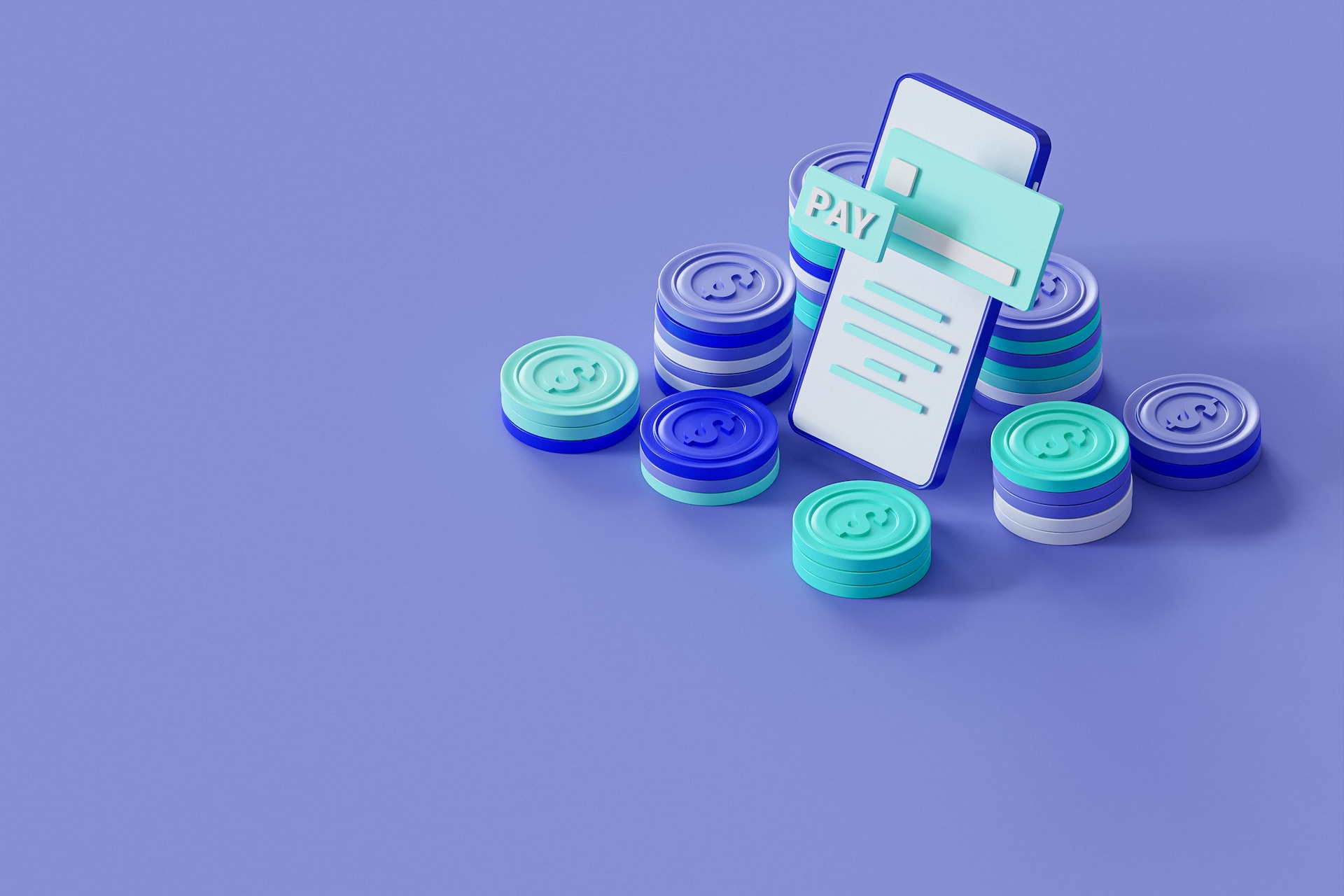
Importance of Using B2B Payment Services for Your Small Business
In today’s world, businesses need to provide their customers with a safe, stable, and efficient method of exchanging money. That’s where B2B payment services come in.
Using B2B payments can help your small business save time and money, reduce the risk of fraud, and increase convenience. Read on to learn more about the benefits of using B2B payment solutions for your small business.
Reduced Risk of Fraud
A small business’s cash flow is a significant factor in its ability to operate successfully. Automating a company’s B2B payment processes helps businesses identify patterns in their cash flow and make better financial decisions about where to spend and save money.
To reduce the risk of fraud, B2B companies should always verify credit cards and billing addresses. They should also encourage buyers to move away from paper-based payments. This will help to prevent credit card fraud by preventing scammers from using stolen cards to make fraudulent purchases.
In addition, B2B companies should ensure they are secure when sending payment information via email. This will ensure they are not vulnerable to fraud attacks, which can occur when a fraudulent email is sent to the wrong address.
Another common form of B2B fraud is vendor billing fraud. This happens when an employee uses a shell company to pay a small business that they work for or when a family member or friend of a small business owner pays their own shell company with a check from their own small business.
The best way to reduce the risk of fraud is to prevent it in the first place. This means developing a robust fraud prevention and mitigation program to protect your small business from payment-related issues.
Increased Reliability
B2B payment services offer several benefits that can help your small business. They increase reliability, help you save time and money, make it easier for your customers to pay you, and protect your business from fraud and security breaches.
Most business-to-business payments are made with paper checks, but more reliable and convenient payment options exist. Reviews are also susceptible to fraud and mail theft, which can lead to financial losses.
However, with B2B payment services, you can avoid these issues using an automated payment solution that works with your existing bank accounts. This will give you more time to focus on other aspects of your business while allowing you to save money and improve cash flow.
Another benefit of using a B2B payment solution is that it streamlines your accounting and bookkeeping. Most solutions have reports that allow you to keep track of your accounts receivable and accounts payable, ensuring you’re paid on time.
Invoicing apps can even let your customers pay you with a single click, eliminating the need to draw a check and mail it to your business. This means your company can receive the money in its bank account sooner, which can improve your cash flow and help you grow.
In the age of automation, there is a multitude of digital solutions that can meet the needs of any business. But you need to find the right one for your particular requirements.
Faster Payments
Using B2B payment services for your small business can significantly speed up buyer payments. In particular, if you sell to global customers, you’ll want to use a solution that supports multiple international payment methods.
For example, if a buyer in Russia pays by check, you’ll need to ensure that your B2B payment processor can handle that request. Additionally, if you sell to businesses in countries with different currencies, you’ll need a solution to accept those currencies.
While many b2b payment options exist, most businesses and clients prefer electronic options due to their speed and security. For instance, PayPal and Square are excellent for b2b eCommerce businesses.
Another popular choice for b2b companies is ACH. This automated clearing house is an intermediary between banks to complete bank transfers. ACH is a good choice for businesses with recurring transactions, though it can take up to three days to process and costs around 1% of the trade.
In addition, if you’re looking for a fast way to receive payments, consider a solution that supports the real-time settlement. This is similar to ACH but allows suppliers to send real-time messages and payment requests directly to buyers.
For example, Braintree offers a SaaS subscription payment gateway for B2B companies. The platform is also integrated with e-invoicing to make it easier for your customers to pay you.
Convenience
Business-to-business (B2B) payment services are a convenient way to receive customer payments. You can use them to send invoices, collect payments from clients, and track the status of payments in real-time.
These solutions also help with billing, a key challenge for B2B companies. They save time by automating billing and payments, reducing the risk of errors and missed deadlines.
Unlike B2C payments, which the customer facilitates, B2B payment transactions happen between businesses directly. They can be recurring or one-time transactions.
Credit cards are one of the most popular B2B payment methods, as they are fast and inexpensive. They also build business credit and allow a company to float cash easily. However, they incur interest rates and are subject to a monthly fee if you carry a revolving balance.
Another standard method for making B2B payments is through wire transfers. Wire transfers are an efficient, safe, and secure way to send money from a bank to your business’s account.
In addition, these transfers are generally regulated by the US banking system. You can find them online or contact your bank for instructions on initiating one.
Paper checks have been a B2B payment landscape staple, but electronic and wire transfer methods are increasingly replacing them. These methods are a more effective and safer way to make and receive payments, but you may need a different plan for your customers.


